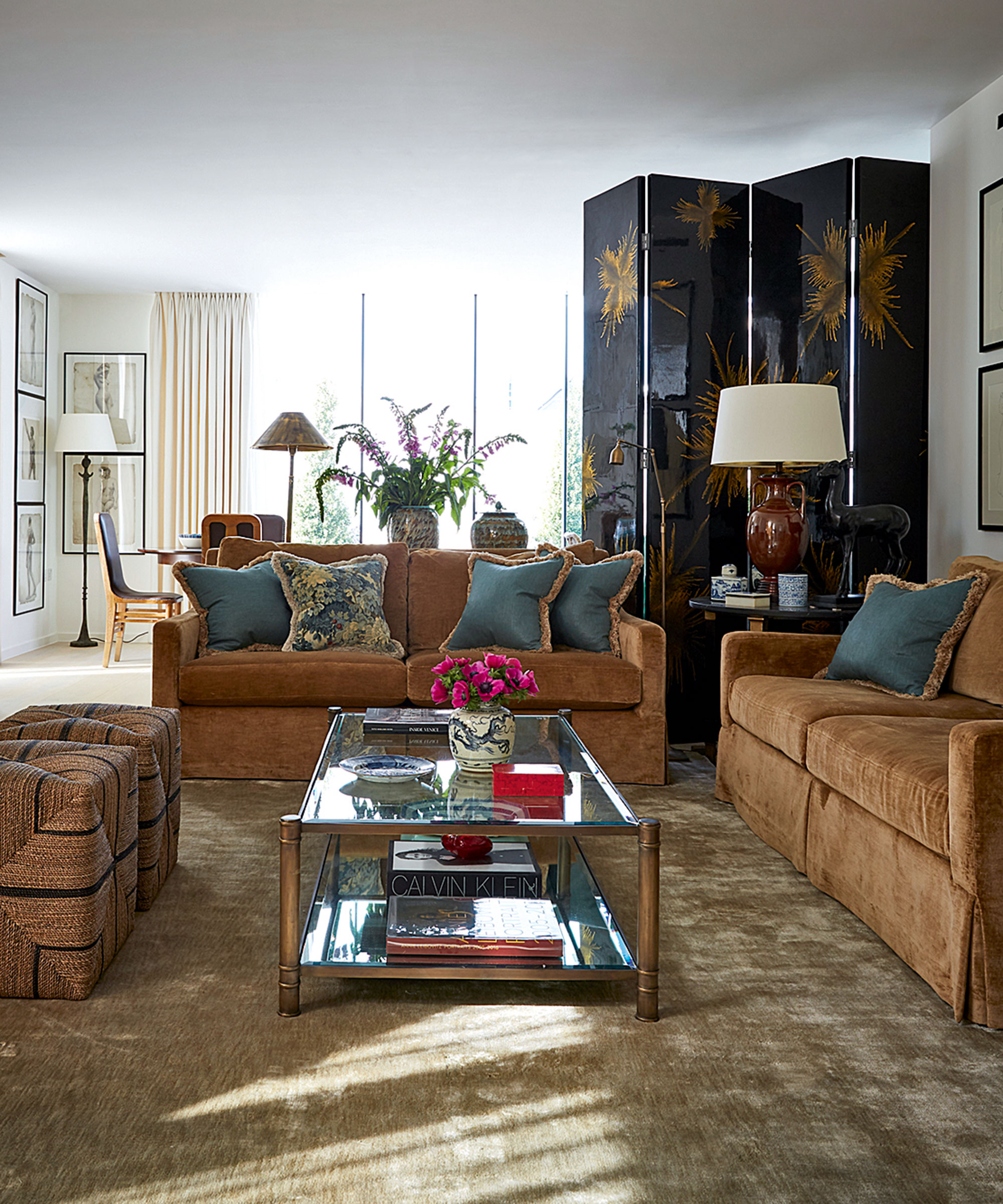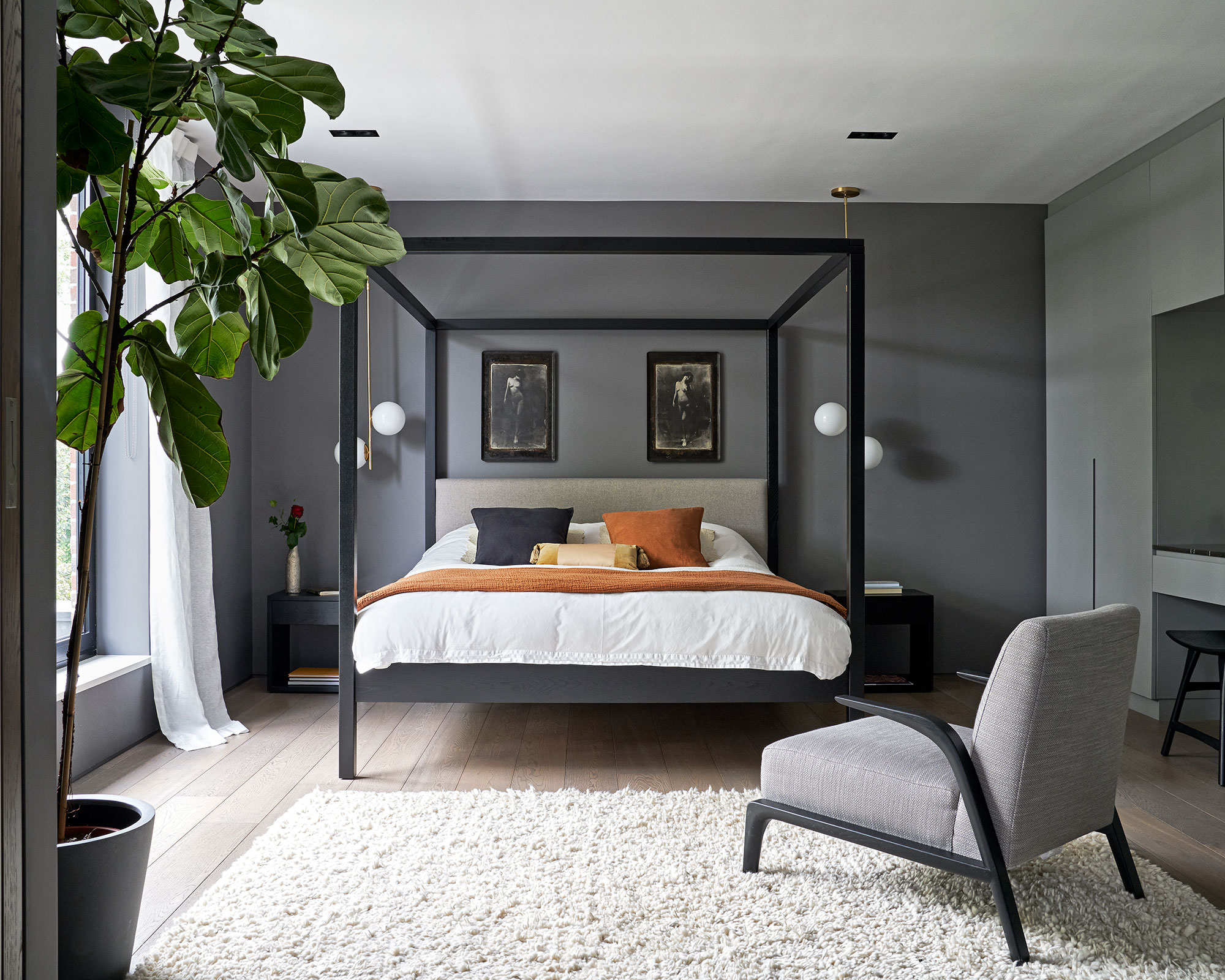Feng Shui house features to avoid – 5 design elements that create conflict
Buying or designing a new house? Feng Shui suggest that you should avoid these layouts


Designing your own home is the very best way to get the house of your dreams, allowing you to tailor each and every space to your exacting needs, ticking off that wish list in a way that just isn’t always possible when buying an existing property. However, whilst self-building is undoubtedly exciting, for the first timer it can also be a little daunting, especially if you wish to take in the principles of Feng Shui into your chosen home ideas.
Feng Shui is an ancient Chinese practice, but one that has become popular in western interior design over the past several decades, and something we should certainly take note of when choose deciding upon the best Feng Shui decorating ideas for our living space. Knowing which Feng Shui house features to avoid will ensure your home is just right for you.
But remember, if you are somewhere with 'bad' Feng Shui, don’t worry. There’s always something you can do to adjust your current home layout and work with what you already have.
Here we aim to answer the most common questions faced by those wanting to know which Feng Shui house features to avoid when buying a new home, redesigning an existing one, or even building your own home.
Feng Shui house features to avoid
While we should also take note of the architectural features that add value to a house, you may also want to create a space that adheres to the philosophy of Feng Shui.
We’ve put together the Feng Shui house features to avoid to allow you to use the principles in your space successfully, together with advice from designers who follow its philosophy in their projects.
1. Hidden front doors

In Feng Shui, your front door design is one of the most important areas of your property. This house feature also represents the face you show to the world, and should be chosen with just as much care and consideration as you would the rest of your home décor ideas.
Design expertise in your inbox – from inspiring decorating ideas and beautiful celebrity homes to practical gardening advice and shopping round-ups.
A visible front door is said to invite positive energy and opportunities into our lives. When you can’t see the front door from the pavement, this can mean that there are missed opportunities, or that positive energy can’t enter your home.
If your front door is hidden, we recommend that you do your best to improve its visibility and influence. You can do this by either changing the landscape to remove obstructing elements that might be blocking your front door, or hang up signage to highlight your house number.
For interior designers such as Monique Tollgard the front porch ideas are also a prelude for the style that lies within: ‘The entrance is the first encounter for you, your guests and your home. The materials and colors we use allows us to introduce the "red thread" or guiding motif of the house immediately.’
It is also worth noting that the best Feng Shui front door colors will ensure that you make a great and lasting first impression. Within the principles of Feng Shui, the color red is considered to be good luck. Red represents good fortune, protection, and symbolizes fire energy. It is also a color of power and authority – an exceptional choice for those of us who want to make an eye-catching statement.
2. Long or narrow entryways

If you have ever had to look for narrow entryway ideas, then you’ll be more than aware of the tricky task of making a long entryway or hall look wider than it actually is, while desperately searching for interior design tricks to make your entrance appear welcoming. To add to your woes, it turns out that a narrow space can cause your chi (also known as qi) to rush in too quickly.
To slow down this energetic force, the experts recommend that place points of interest within your space. This could be anything from ornaments to decorative artwork. This idea being that this will allow positive chi to circulate and pause within the space.
‘Narrow entryways should make a statement about the house and owners as well as being a welcoming space,' says Mike Fisher, creative director and founder, Studio Indigo. 'Small and narrow spaces can be treated in a grand way – “be bold, loud and decorative” is my advice.'
3. Staircase in the center of the home

The staircase is probably the most used, and least noticed, feature of our homes. But in Feng Shui, your staircase is one of the most important elements in house design, so it is vital to get the location just right.
The center of the home is often associated with our overall health and wellness. Because it’s in the center, it touches every other area of the Feng Shui Bagua map (Feng Shui energy map). The Bagua offers a systematic way to evaluate the energy field of your environment. This means that it affects all of the areas of your life.
If there’s a staircase in the center of the home it can cause unnecessary amounts of destabilization in your life and throughout your home. If moving your staircase is not an option, we recommend using heavy objects, such as statues or large pieces of furniture to stabilize and ground the space within.
4. Front door directly aligned with back door

In Feng Shui, we look at the flow of energy of a home and how that works with the design elements, including front and back doors. One house layout to take note of is when the front and back doors are directly aligned.
Having these two doors aligned could cause the chi (life energy) to enter and leave your home almost immediately. The goal of Feng Shui is to let positive energy flow freely through the home and cultivate inside, rather than rush straight out.
However, moving the placement of doors is not always an option in an existing floorplan. Instead, a simple way to improve this house feature is with the help of a room divider. Essentially the midway point between the front and back door, a room divider is the separation of rooms, either partly or temporarily. Think: screens, partitions, and even the intelligent use of bookcases and furniture. This will help to efficiently disperse the chi as it comes into your home and keep it from rushing out so quickly within your home.
‘We love using screens to divide rooms,’ says Paolo Moschino, head of interior design firm Nicholas Haslam. ‘For me, it’s very important not to disclose everything at first glance; they hide a surprise behind them and, especially for a large room, they confine the space and create coziness.'
5. Bedroom over the garage

Bedroom layout ideas are an essential part of any bedroom Feng Shui design. When choosing where to locate the main bedroom in the house, do think twice about positioning it over a garage.
According to the principles of Feng Shui, too much movement under the bedroom is said to cause instability, rage and unsteadiness. If you can, the best option is to move to a different bedroom to a more optimal location. The most common Feng Shui principle is to position your primary suite in a commanding location in the home. Think front and center of your floorplan. If this isn’t possible, you can also add the best Feng Shui plants for added vitality, focus and energy.

Jennifer is the Digital Editor at Homes & Gardens, bringing years of interiors experience across the US and UK. She has worked with leading publications, blending expertise in PR, marketing, social media, commercial strategy, and e-commerce. Jennifer has covered every corner of the home – curating projects from top interior designers, sourcing celebrity properties, reviewing appliances, and delivering timely news. Now, she channels her digital skills into shaping the world’s leading interiors website.